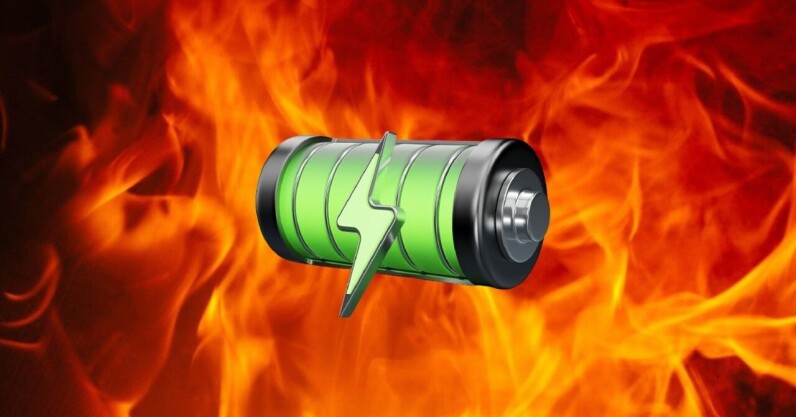- Back to Home »
- Here’s why EV batteries sometimes burst into flames
Posted by : Brij Bhushan
Monday, 10 January 2022

While EVs are less likely to catch fire than cars with internal combustion engines, when they do, it’s worse. Much worse. The culprit? Their lithium-ion batteries. To better understand why lithium-ion batteries can sometimes be hazardous, let’s first refresh how they work. A li-ion battery comprises of four key elements: a positive electrode (the cathode), a negative electrode (the anode), an electrolyte, and a separator. The structure of a lithium-ion battery (Credit: Jianan Zhang et al) The electrodes store the lithium ions, the electrolyte carries them between the electrodes, and the separator keeps the cathode from coming in contact with the…
This story continues at The Next Web







